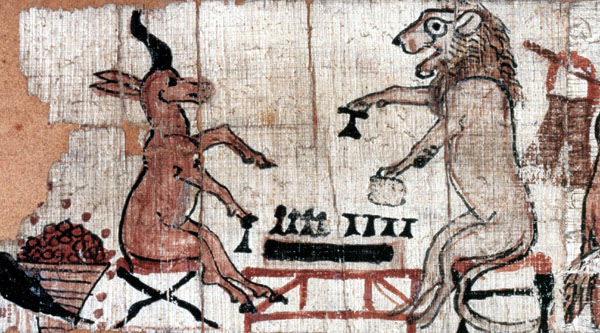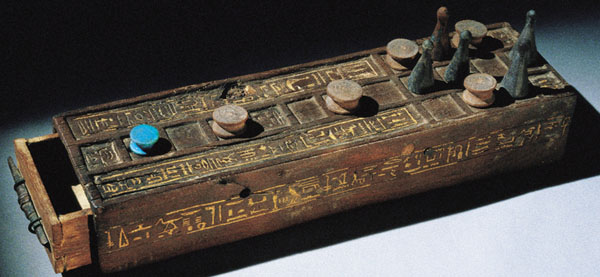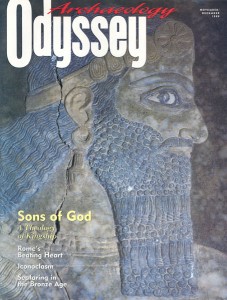Ancient Life: Comic Relief
An ancient Egyptian bestiary
Smelling victory, the lion pounces. The antelope, recoiling in defeat, clutches its weapon and lifts a trembling hoof into the air. But there’s no blood and gore here—just a gentlemanly game of Egyptian senet.


The scene above is from the so-called Satirical Papyrus, which dates to about 1150 B.C. and is now housed in the British Museum. The papyrus also contains other humorous paintings of animals: a fox tends goats, a cat herds geese and a lion performs a mummification. All of these activities are represented, though in a more dignified “high” style, in Egyptian tomb scenes. A painting in the Theban tomb of an early 14th-century B.C. official named Nebamun, for example, shows a worker herding geese as a scribe counts them. And the Papyrus of Ani (c. 1320–1290 B.C.), in which Ani stands in judgment before Osiris, includes a scene showing Ani and his wife playing senet—a popular Egyptian board game, in which pieces of astragali (animal knucklebones) are moved around a grid of 30 squares.
Already a library member? Log in here.
Institution user? Log in with your IP address.

